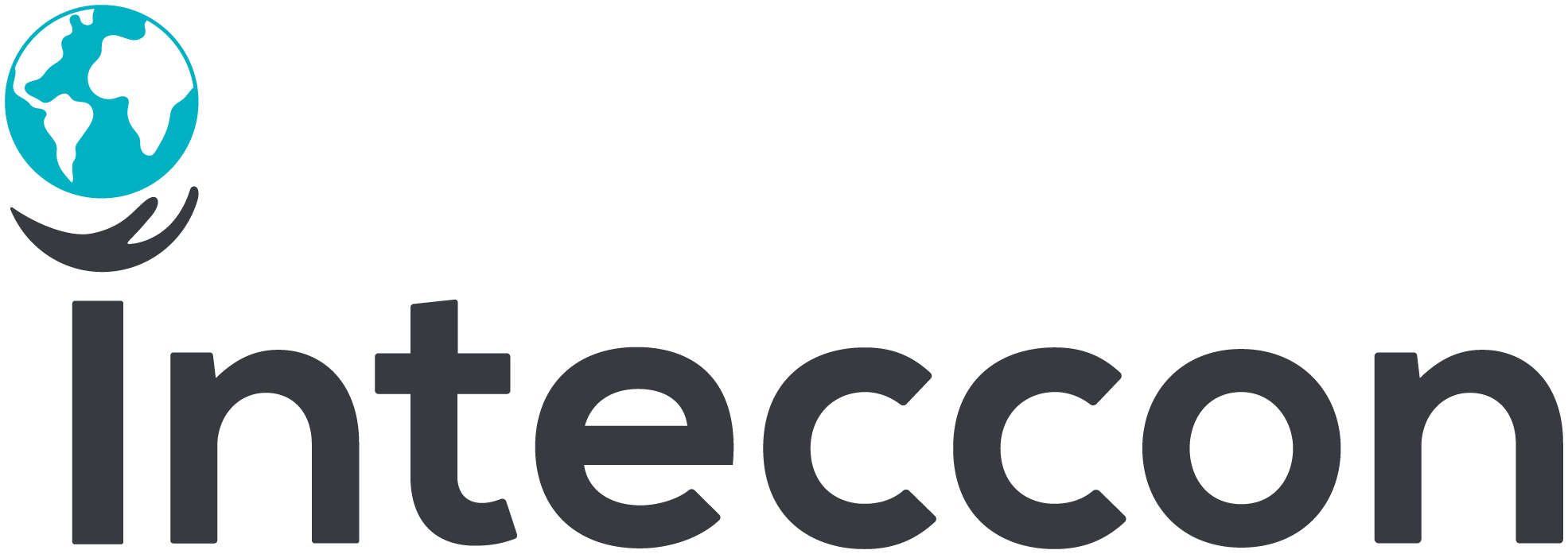
Introduction to Excellence in Workplace Safety
In an era of rapidly evolving workplace dynamics, occupational safety, and health administration is the linchpin of organizational success. This article, will be your ultimate guide to understanding and implementing OSHA standards for a thriving and safe workplace. We will explore the fundamentals of occupational safety and health administration, delve into the essential role of measurement equipment, and navigate the complexities of OSHA standards. We will also venture into the integration of technology, evaluate global perspectives, and look to the future of safety management. Buckle up for an enlightening journey to cultivating healthful working conditions and achieving OSHA certification through informed decisions and cutting-edge tools.
Defining Occupational Safety and Health Administration

Occupational health and safety management is a multifaceted discipline that involves the implementation of practices and policies aimed at ensuring the well-being and safety of employees in the workplace. It includes occupational safety measures that prevent injuries and accidents and health policies that protect employees from work-related illnesses. A key element in this area is the Occupational Safety and Health Administration (OSHA) standards, which set specific criteria employers must meet to provide a safe and healthy work environment. At the core of this management system is the understanding that the safety and health of employees are paramount and that employers have a fundamental responsibility to ensure that workplaces are free from hazards. As we delve deeper, let’s examine how this becomes the cornerstone of employee well-being and risk reduction.
The Cornerstone of Employee Well-being and Risk Reduction
The occupational safety and health administration Standard is the cornerstone of employee well-being and risk reduction. Overseen by the Department of Labor, these guidelines ensure that employers provide a safe and healthy work environment for their employees. The primary goal of these standards is to create an occupational safety framework that prioritizes the prevention of workplace hazards and the promotion of worker health.
The standards serve as a roadmap for employers, outlining the necessary procedures and precautions to prevent accidents and work-related illnesses. They cover a wide range of measures, including the management of hazardous substances, emergency response plans, equipment safety checks, and employee training.
In addition to preventing physical harm, the standards also address mental well-being, ensuring that workers are protected from stress, harassment, and discrimination, reinforcing that employee well-being extends beyond physical safety.
By adhering to these standards, employers are not only complying with the law, but they are also actively contributing to a workplace culture that values the safety and health of employees. This investment in employee well-being can yield significant benefits for organizations, including increased productivity, reduced absenteeism, and improved morale.
Occupational safety and health administration standards are therefore not just about compliance, but a proactive commitment to creating a safer and healthier workplace. They are an essential part of an employer’s responsibility and play a critical role in the well-being and safety of workers.
The Role of Measurement Equipment in Occupational Health and Safety Management
Elevating Workplace Safety with High-Quality Tools and Services
The role of measurement equipment in occupational safety and health administration t is instrumental in raising workplace safety standards. In accordance with OSHA (Occupational Safety and Health Administration) standards and the Occupational Safety and Health Act, employers are required to provide a safe and healthy working environment for their employees. Quality measurement tools and services play a critical role in meeting these requirements and ensuring optimal safety conditions.
Instrumentation serves as the eyes and ears of workplace safety, enabling the identification and assessment of potential hazards in the workplace. From air quality monitors and noise level meters to gas detectors and thermal imaging cameras, these tools are essential for comprehensive risk assessment and management. By accurately measuring various parameters, they provide critical data that informs safety protocols and helps identify potential areas for improvement.
In addition, quality measurement equipment goes beyond compliance. It enables employers to proactively identify and address potential risks before they escalate, promoting a preventative approach to safety. Regular calibration and maintenance of these tools ensure their accuracy and reliability, reinforcing a commitment to worker well-being.
In conclusion, the integration of quality measurement equipment and services is paramount to improving workplace safety standards. By adhering to OSHA standards and investing in the right tools and training, employers can create a safer work environment, mitigate risks and protect the well-being of their employees. Remember, workplace safety is a shared responsibility, and the effective use of measurement tools paves the way for a safer, healthier, and more productive workforce.
Navigating the OSHA Standard for Occupational Safety and Health
Critical insights into compliance with occupational safety and health administration regulations

Compliance with Occupational Safety and Health Administration (OSHA) regulations is paramount for organizations striving to create a safe and healthy work environment. In this section, we will delve into critical insights that provide valuable guidance on navigating OSHA compliance. From understanding the OSHA standard to implementing best practices, these insights will equip you with the knowledge and tools to ensure a safe and compliant workplace. Let’s dive into these essential insights and pave the way toward OSHA compliance excellence.
- Understanding the OSHA Standard: The Occupational Safety and Health Administration (OSHA) establishes regulations and guidelines to ensure safe and healthy working conditions for employees. Understanding the intricacies of the OSHA standard is critical for organizations striving for compliance and creating a culture of safety.
- Navigate OSHA compliance: OSHA compliance involves adhering to specific requirements such as hazard assessments, safety training, recordkeeping, and implementing safety protocols. It is important for employers to stay abreast of the latest OSHA regulations and ensure that their practices are in compliance with the standard.
- Partner with NIOSH: The National Institute for Occupational Safety and Health (NIOSH) works with OSHA to conduct research, make recommendations, and provide training programs. Leveraging NIOSH’s resources and expertise can greatly assist organizations in improving their understanding of OSHA regulations and implementing effective safety measures.
- OSHA Certification Training: OSHA certification training programs provide valuable knowledge and skills to employers and employees alike. These programs cover a wide range of topics, including hazard identification, safety protocols, emergency response, and more. Completing OSHA certification training demonstrates a commitment to workplace safety and equips individuals with the tools necessary to maintain compliance.
- Implement best practices: Compliance with OSHA regulations goes beyond meeting minimum requirements; it involves the adoption of best practices. Employers should actively participate in risk assessments, safety audits, and continuous improvement initiatives to identify potential hazards and effectively mitigate risks.
- OSHA inspection and enforcement: Organizations must be prepared for OSHA inspections, as non-compliance can result in penalties and fines. Implementing proactive safety measures, maintaining accurate records, and promptly correcting any identified deficiencies are critical to minimizing the risk of non-compliance.
In summary, navigating the OSHA standard for occupational safety and health requires a comprehensive understanding of the regulations, utilizing resources such as NIOSH, investing in OSHA certification training, implementing best practices, and being prepared for inspections. Compliance with OSHA regulations is not only a legal obligation, but also a fundamental commitment to protecting employees and promoting a safe work environment.
Integrating Technology into Occupational Safety and Health Administration

Harnessing Innovative Solutions for Streamlined Safety Practices
The integration of technology into occupational safety and health administration has revolutionized the way organizations keep workers safe. With advancements in digital tools and software, innovative solutions enable companies to streamline safety practices and improve overall efficiency. By leveraging these technologies, organizations can create a safer work environment while optimizing their operational processes.
One notable advancement is online OSHA training, which provides a convenient and accessible platform for workers to receive essential safety training. These training programs cover a wide range of topics, including hazard recognition, emergency response, and OSHA compliance. Online training offers flexibility, allowing employees to access training materials at their own pace and convenience, ensuring a well-informed workforce.
In addition, various software solutions have emerged to simplify safety management processes. For example, digital incident reporting systems enable workers to quickly report accidents or hazards, leading to prompt responses and proactive risk mitigation. These systems provide real-time data collection, analysis, and reporting, facilitating proactive decision-making and helping organizations identify patterns or trends that require attention.
Learn more about high-tech equipment to manage your worker’s safety.
Wearable technology has become increasingly popular in occupational safety. From smart helmets to connected personal protective equipment (PPE), these devices can monitor vital signs, detect hazardous conditions, and provide immediate alerts in the event of an emergency. Wearable technology enhances real-time monitoring, allowing organizations to respond quickly to potential risks and ensure the well-being of workers.
By adopting these innovative solutions, organizations can achieve a more efficient and proactive approach to occupational safety and health administration. Integrating technology not only enhances safety practices, but also streamlines compliance efforts, reduces incident response times, and improves overall productivity. As technology evolves, organizations must stay informed and adopt these solutions to remain at the forefront of occupational safety in the modern era.
Global Perspectives on Occupational Safety and Health Administration
Serving International Markets with Premium Safety and Hygiene Instrumentation
In the field of occupational health and safety management, a global perspective is essential to promote workplace safety in international markets. World-class safety and hygiene tools play a critical role in meeting diverse regulatory requirements and exceeding expectations. These cutting-edge tools cater to various industries and ensure the well-being of workers in compliance with Occupational Safety and Health (OSH) laws and regulations worldwide.
Inteccon, a trusted distributor of high-quality measurement equipment, offers an extensive repertoire of safety and hygiene instruments. Their products, such as gas detectors, environmental monitors, and sound level meters, meet international standards and meet the needs of various industries. By partnering with Inteccon, companies can procure top-of-the-line instruments that meet global occupational health and safety management requirements.
With the availability of premium safety and hygiene instruments and comprehensive online safety courses, organizations can ensure the safety of workers worldwide. By maintaining compliance and instilling a culture of safety, companies can protect their employees and promote a global standard of workplace safety. Trusted suppliers like Inteccon help organizations navigate international regulations and industry standards while providing the highest level of workplace safety.
In summary, serving international markets with world-class safety and hygiene tools is critical to supporting a global perspective on occupational safety and health administration. Through cutting-edge tools and online training, organizations can prioritize the safety of workers around the world, align with international standards, and establish a culture of workplace safety. Inteccon’s commitment to providing high-quality tools enhances the ability of organizations to meet global safety requirements and protect their employees in various industries.
Conclusion: Achieving Excellence in Occupational Safety and Health Administration
In conclusion, achieving excellence in occupational health and safety management is a critical endeavor for organizations committed to the well-being of their employees. It requires adherence to the OSHA standard, collaboration with NIOSH, use of quality measurement equipment, and attainment of OSHA certification.
By complying with the OSHA standard, organizations prioritize healthy working conditions and ensure compliance. Working with NIOSH provides valuable insight and recommendations to help organizations achieve excellence.
High-quality measurement tools play a critical role in assessing and mitigating workplace risks. Investing in premium instruments from reputable distributors such as Inteccon allows organizations to meet international safety requirements and effectively protect their workers.
Obtaining OSHA certification demonstrates a commitment to continuous learning and improvement. Certification training equips employers and employees with the knowledge and skills necessary to maintain compliance and create a safety-conscious culture.
In summary, achieving excellence in occupational safety and health management means adhering to the OSHA standard, working with NIOSH, using quality measurement equipment, and obtaining OSHA certification. By prioritizing employee well-being and creating healthy working conditions, organizations foster a safe and productive work environment, ensure the safety of their workforce, and achieve excellence in occupational health and safety management.
